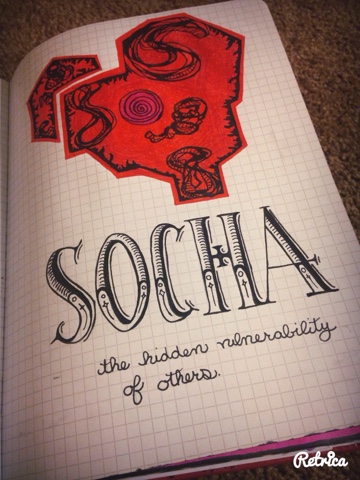Cannwin's Saturday Secrets
Last reminder to join my 'Boredom Busters' giveaway. Every follower of mine is welcome! Go here to enter.
I've decided to start a new (not every week) theme called-- Cannwin's Saturday Secrets.
Essentially these posts are about what I do to get around things that I don't have in my home. My friends constantly tease me that I produce random objects at will and use them in ways they weren't intended so as to get the results I want. So, I figured, maybe you guys would like to know some of those things.
Today we're going to talk about the Anti-Distressing Ink method that I use all the time.
I've never bought Distressing Ink and sometimes I imagine myself actually using it, but you know what... it's $8 a pop and I just don't have that sort of money sitting around waiting to be used on an ink pad. Do you?
So I'm going to show you what I do instead. (note: my camera is getting old and is having trouble focusing--maybe I should get it glasses).
To save us time--and scrolling--I've made a collage of the process.
Step one: Get your project ready.
Step two: Find acrylic paints that you want to use. I suggest a black as well as the other color you want to use (in this case brown) because if you want it to look 'old' you are going to need more than just a brown and less than just a black. Old things don't turn black... they change color in the palette they are in. Case in point... a wedding dress does not go YELLOW it goes yellow and brown mixed with the white it was.
Basically you need at least two colors... and if you aren't any good at mixing colors (me) I'd suggest sticking with just two.
Also.... go with the better brand of acrylic paints, they are thicker and work better.
Step Three: Load "work space" with acrylic paint... depending on the size of your project of course. I use a divided plastic plate I stole from my kids. This is excellent for multiple liquid mediums like Mod-Podge in one section, acrylic paints in another, etc.
Mix a little bit at a time of the one color to the other until you get the result you want. I use the tip of my foam brush to mix and then load the flat center part for my work.
Step Four: Place paper under your project piece. Then unload excess paint onto the paper until you get the desired amount that you want (You'll see what happens when you don't in a minute). Using quick pounding motions--on the flat length of the brush-- go around the edge of your project and perhaps just a little into the center (or, however you want). Reload brush and repeat if you need to. If you're unsure of yourself practice on something you don't particularly care about before hand.
Step Five: Admire your end result:
The top circle is the one I did for this blog post.
See the darker spots on the other ones? That's where I loaded my brush to heavily. They don't look to bad for this project but sometimes I've gone way overboard and made the entire thing look ridiculous.
For larger projects... or projects where you want to cover an entire surface and not just the edges try adding water to your paint mixture. This works well for browning maps (I've done that) and such. But don't forget to test your paint mix first and don't use to much water as it will make your paper soggy.
And that's how I get away without buying distressing ink.





Comments